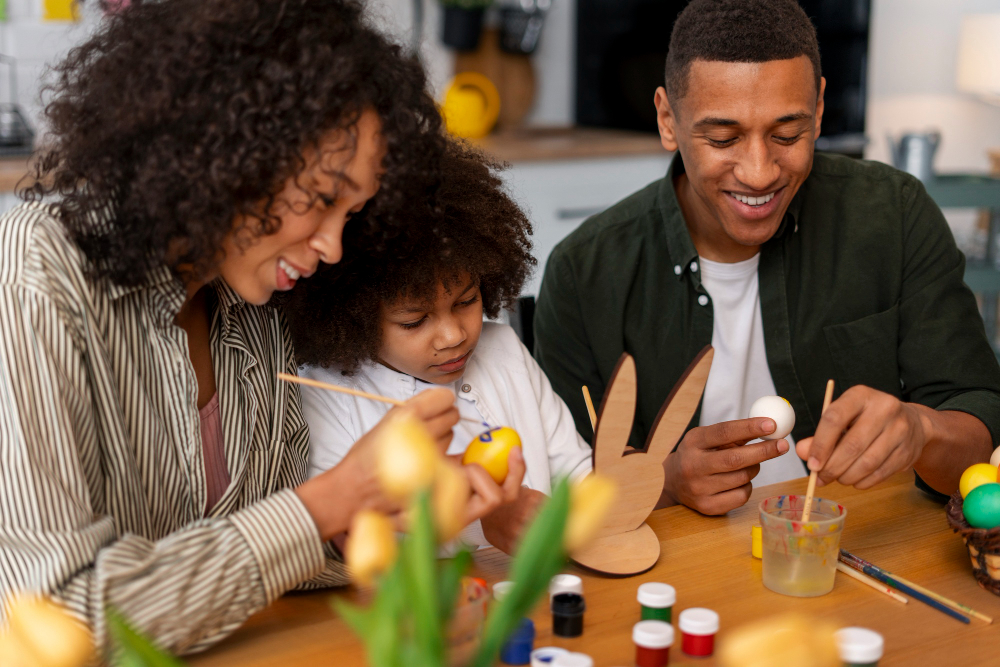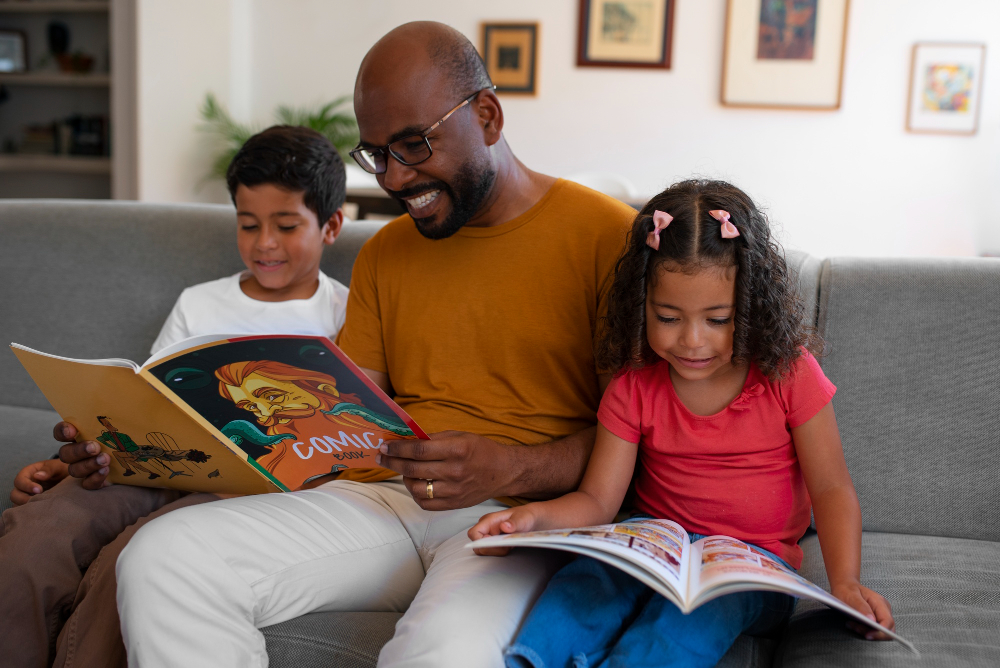Raising children in a country different from your own can be both beautiful and complicated. , You want your kids to fit into their new environment while still staying connected to their roots. But how do you balance both worlds without losing one for the other?
This in-between space is what creates Third Culture Kids (TCKs). Third Culture Kids are children who grow up between cultures, shaped by their parents’ heritage and the country they now live in. As an immigrant parent, helping your child thrive in this space starts with understanding what makes their experience unique.
This guide walks you through how to raise confident, grounded TCKs who are proud of both where they come from and where they’re growing up.
1. Understand What It Means to Be a Third Culture Kid
The term “Third Culture Kids” was first introduced by sociologist Ruth Hill Useem in the 1950s. It describes children who spend their developmental years outside their parents’ culture. These kids often blend multiple cultural influences, creating a “third culture” that’s uniquely their own.
They may speak different languages, celebrate mixed traditions, and navigate the challenge of belonging to more than one world. TCKs often grow up more adaptable, open-minded, and curious, but they can also struggle with identity, belonging, and maintaining roots.

2. Teach Them to Embrace Both Worlds
Your role as a parent is to help your child make sense of these layers. Encourage your child to see their dual background as something to celebrate, not hide. Make your home a place where both cultures are alive. Speak your native language. Cook the foods you grew up with. Share childhood stories, songs, and traditions from your home country.
At the same time, allow your child to explore and connect with the culture around them. Attend local festivals. Make friends from diverse backgrounds. Let them see that blending cultures doesn’t mean choosing one over the other — it means learning from both.
3. Keep Your Language Alive
Language is one of the strongest ties to cultural identity. Even if your child speaks primarily the language of your host country, keeping your mother tongue alive can help them stay connected to their roots.
Research shows that bilingualism boosts cognitive flexibility and emotional intelligence. It also builds pride in identity. Try setting up “language days” at home or having regular calls with grandparents who speak your native language.
If your child resists, make it fun. Watch movies or cartoons in your language. Play songs, read bedtime stories, or teach them to say simple phrases during family meals.
4. Create Cultural Traditions
Children remember what they experience. Bring your traditions to life in your new country. Celebrate national holidays from your homeland with family and friends. Dress in traditional clothes. Cook your favorite festive meals.
If there are local community centers or cultural associations nearby, join them. This helps your child feel part of something bigger. They get to see that they’re not alone and that there are other children like them who also call two or more places home.
5. Create Safe Conversations Around Identity
At some point, your child may ask, “Where do I really belong?” or “Why am I different?” These moments are powerful teaching opportunities.
Talk openly about what it means to live between cultures. Acknowledge that sometimes it can be confusing or lonely. Let them express frustration or pride without judgment.
Psychologists who study multicultural identity recommend helping TCKs build a strong sense of “both/and” identity — not “either/or.” They can be both Nigerian and Canadian, both Filipino and American, both Indian and British. Help them see that their diversity is strength, not confusion.
6. Teach Adaptability Without Losing Identity
It’s natural to want your child to “fit in,” but fitting in shouldn’t mean fading out. Teach adaptability as a strength, not as a compromise.
Remind them that it’s okay to switch between cultural expressions. Using different slang at school and your mother tongue at home doesn’t make them less authentic. It makes them more versatile.
Your job is to give them the confidence to move through multiple spaces while still staying rooted in who they are.

7. Model Cultural Pride in Everyday Life
Children learn more from what we model than what we say. When they see you speak your native language confidently, share stories about your homeland, or celebrate your heritage with joy, it gives them permission to do the same.
Be proud of your accent, your traditions, and your background because when you honor your culture, your child learns to honor theirs too.
8. Build a Sense of Community
Being part of a supportive community helps your child feel seen and understood. Connect with other immigrant families through cultural groups, churches, or online communities.
You can also create your own traditions that merge both worlds. For example, celebrate Thanksgiving with your country’s favorite dish on the table. Or tell stories that connect family history to your present life.
Studies show that strong social connections improve children’s confidence and emotional resilience. For TCKs, community becomes the bridge that makes both cultures feel like home.
9. Encourage Curiosity About the World
Raising Third Culture Kids means raising global citizens. Encourage your children to ask questions, travel when possible, and learn about other cultures. Let them explore their roots through books, documentaries, or even pen pals from your home country.
The more they understand how diverse the world is, the more confident they’ll feel about their place in it.
Conclusion: Blending Cultures, Building Confidence
Raising a Third Culture Kid is both an honor and a responsibility. You’re helping your child grow into someone who can bridge worlds, speak multiple languages of love and understanding, and celebrate diversity at its core.
And as you nurture their growth, don’t forget to nurture your own. Parenting across cultures is emotional, layered, and sacred work.
If you’d love to explore more about your family’s cultural blend, explore The Love Compass. It’s a guided tool for deep self-reflection and healthier relationships.












